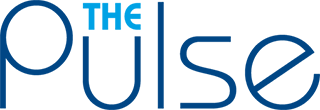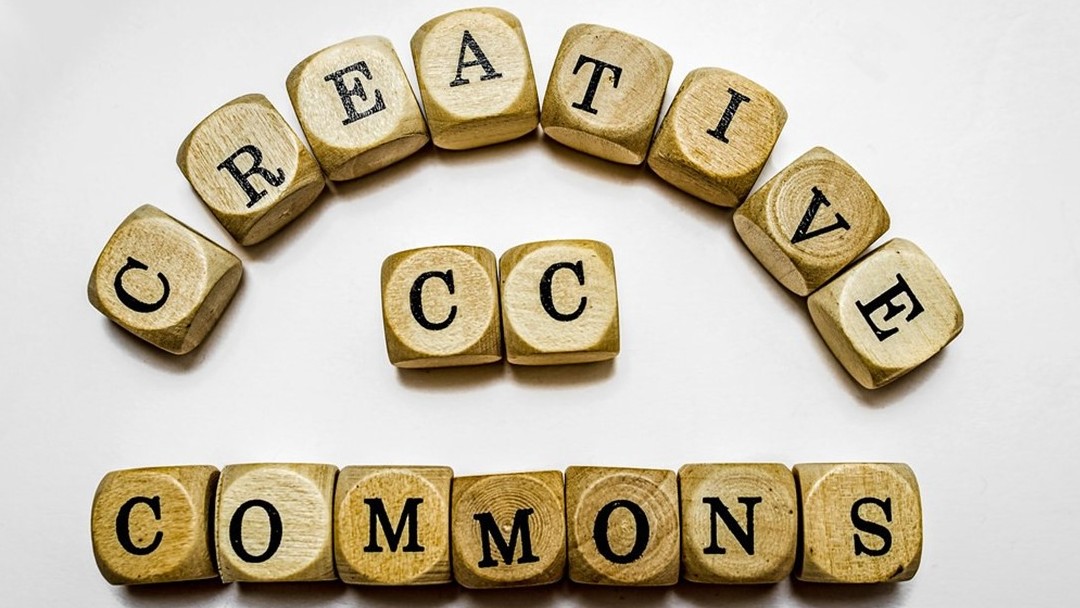Copyright: Creative Commons
This article is the first in a series from NHS Lanarkshire’s Knowledge Services team on issues relating to copyright, to help promote good copyright practices within NHS Lanarkshire. The article will cover the topic of ‘Creative Commons’ (CC) licenses, explaining what they are and how to use them.
What?
Creative Commons licenses provide a standardised way for creators to give people permission to lawfully use their work and have been developed to make it easier to share, find, and reuse creative content online.
If you are looking for images to use in any of your work, for example, using images with Creative Commons licences is a good way to ensure you are using free images legally.
There are six different licenses, which come with a range of permissions:
CC BY
- Allows people to distribute, remix, adapt and build upon the material in any medium/format;
- Allows for commercial use;
- Credit must be given to the creator.
CC BY-SA
- Allows people to distribute, remix, adapt and build upon the material in any medium/format;
- Allows for commercial use;
- Credit must be given to the creator;
- Adaptations must be shared under the same terms.
CC BY-NC
- Allows people to distribute, remix, adapt and build upon the material in any medium/format;
- Credit must be given to the creator;
- Only allows for non-commercial use.
CC BY-NC-SA
- Allows people to distribute, remix, adapt and build upon the material in any medium/format;
- Credit must be given to the creator;
- Only allows for non-commercial use;
- Adaptations must be shared under the same terms.
CC BY-ND
- Allows people to copy and distribute the material in any medium/format in unadapted form only, no adaptations are permitted;
- Allows for commercial use;
- Credit must be given to the creator.
CC BY-NC-ND
- Allows people to copy and distribute the material in any medium/format in unadapted form only, no adaptations are permitted;
- Credit must be given to the creator;
- Only allows for non-commercial use.
There is also the Creative Commons public domain dedication – CC0. This allows the creators of creative content to give up their copyright and put their works into the worldwide public domain. CC0 allows people to distribute, remix, adapt and build upon the material in any medium/format, with none of the above conditions.
You can read more about CC licenses and their conditions on the Creative Commons website at: https://creativecommons.org/about/cclicenses/
How?
When using works with Creative Commons licenses, it is essential that you follow licence conditions and give credit to the creator.
The main image in this article is a good example of how to correctly attribute an image. It tells you:
- The title of the work with a link to the source of the image;
- The creator’s name and a link to their Flickr profile;
- A link to the licence details.
You may need to include more details in your attribution if you have adapted the work in some way. Further information is available on the Creative Commons website at: https://creativecommons.org/use-remix/
Why?
Creative Commons was created to make it easier for people to share their creative works and to encourage collaboration. The licences give creators a clear way to demonstrate what others are allowed to do with their work and helps to provide free images, videos, music and written works in a global standardised way.
If you are looking to make use of others’ works in any way, searching for content with a Creative Commons licence can save you both time and money. CC licensed material is available for free and there is no need to contact the creators for permission. Just make sure you are following the terms of the permissions.
Amanda Minns, head of evidence, said: “Creative Commons provides a standardised way for creators to give people permission to re-use their work. It has been developed to make it easier to share, find and reuse creative content online. If anyone is looking to re-use creative works they have found online, make sure you are doing so legally.”
The next article in this series will discuss using images found online, where to find Creative Commons images, paid for images and how to seek permission to use them.
If you have any questions regarding copyright please email libraries@lanarkshire.scot.nhs.uk or log a request on ServiceNow. To find how to do this, visit the copyright page on FirstPort at http://firstport2/staff-support/knowledge-services/copyright/default.aspx




